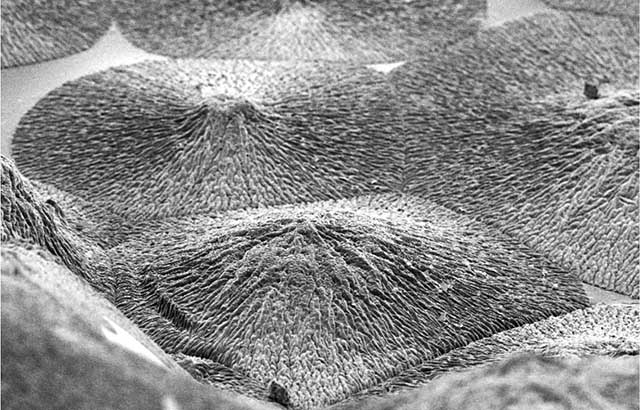A Synthetic Mineralised Material that Mimics Hard Tissue Regeneration
Nature is abundant with examples of complex materials showing outstanding properties which emerge from their particular hierarchical arrangement. Materials like nacre, bone, and dental enamel have distinct structural business at different length scales, which improve their bulk material possessions and operation.
The capability to create synthetic substances that emulate such imaginative architectures signifies a significant target in materials science and also a chance to tune and vastly enhance performance. Specifically, the subject of biomaterials would greatly benefit in the functionalities which could emerge from well-defined hierarchical organizations.
Now, researchers at the Queen Mary University have developed a new approach that can create materials with remarkable precision and order that look and behave like dental enamel.
Dr Sherif Elsharkawy, a dentist and first author of the study from Queen Mary’s School of Engineering and Materials Science, said: “This is exciting because the simplicity and versatility of the mineralisation platform opens up opportunities to treat and regenerate dental tissues. For example, we could develop acid resistant bandages that can infiltrate, mineralise, and shield exposed dentinal tubules of human teeth for the treatment of dentin hypersensitivity.”
The mechanism that’s been created is based on a particular protein substance which can activate and guide the development of apatite nanocrystals at various scales – similar to the way these crystals develop if dental enamel develops within the body. This structural organisation is essential for its exceptional physical attributes exhibited by natural dental enamel.
Lead author Professor Alvaro Mata, also from Queen Mary’s School of Engineering and Materials Science, said: “A major goal in materials science is to learn from nature to develop useful materials based on the precise control of molecular building-blocks. The key discovery has been the possibility to exploit disordered proteins to control and guide the process of mineralisation at multiple scales. Through this, we have developed a technique to easily grow synthetic materials that emulate such hierarchically organised architecture over large areas and with the capacity to tune their properties.”






























